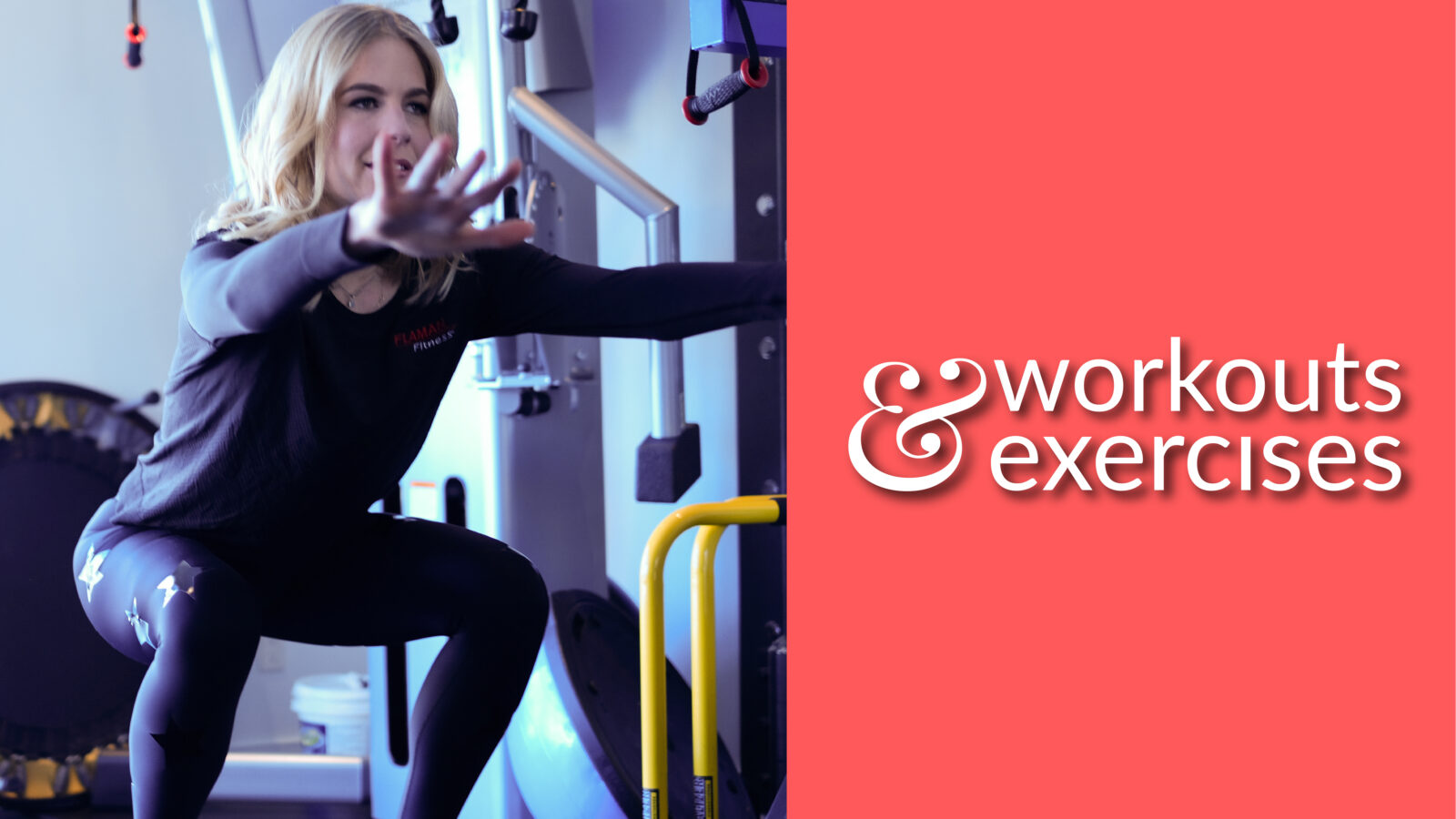Book Review: The Body You Deserve: Part 1

Tony Robbins’ 10-Day Health Coaching Course
As some of you might know, I offer a 5-week interactive online group coaching program. My goal is for future Kathleen to scale the program, to develop it into a digital course.
“What does this have to do with Tony Robbins?” you ask. Fair question!
The Body You Deserve is Tony Robbins’ digital “health coaching course.” I decided to write this review to learn two things: his practical tips and strategies and his format. Tony is a marketing master, so I figure I might as well learn from the king. As Tony famously says, “success leaves clues.”
What did I learn? Primarily, I was reminded to thrive in my own coaching lane. I don’t have to be Tony. He has that covered. I have to thrive at being Kathleen. Also, I learned that I can totally develop and transform my current interactive course into a digital package; Tony demonstrates that it is possible to scale a coaching program. This is exciting. Although my digital course is a few years down the road, it will happen. Yay for future Kathleen!
Below are the first of my favourite main takeaways from Tony’s course, with a “Kathleen-esk” flavour, of course! Part two is coming soon.
Health Requires Self-Trust: Actions vs Words
Whether we create our self-concept consciously or unconsciously, we all hold a belief in who we are and what we are capable of. Our self-concept—our beliefs of self—are akin to certainties—certainties regarding our inner core, our potential: “I am a healthy person, I can lose weight; I can’t lose weight, I am a lazy person,” etc.
When trying to adopt a healthier lifestyle it is not enough to make statements like “I will be different.” It is not enough to simply state a new self-concept or a new belief. The brain needs proof that any belief is real.
Think of your belief as the top of a table. To adopt healthier habits long term you have to build new table legs. It is not enough to say you are someone who works out. You have to find tricks (like paying for a trainer or joining a sports team) so you show up. Showing up provides data to your body and brain that the belief is based in reality. Actions create table legs. Table legs allow the brain to believe statements such as “I am the type of person who is active.”
Habits and beliefs are recursive. You do things to create table legs, which makes the belief feel real, so you do more things that create more table legs. You go to the gym, which proves to yourself that you are an active person, so you go to the gym again. You have to create tricks in the immediate, tricks to build the legs, tricks that start the new upward spiral—tricks that ultimately spiral into long-term change.
Tony calls this process “building reference experiences.” I call this building self-trust—putting small marbles in your “I am a fit person who is a professional about my health and who shows up on days I don’t feel like it” marble jar. Each action is a vote for the person you want to become—it’s a sliver of wood in a table leg.
Find bright spots! Stop the negative self-talk
It’s easy to feel as if you could never create these table legs. Stop with that negative, unproductive self-talk!
Pinpoint your “bright spots”—times you have been successful. To quote Tony: “if you can do it for an hour you can do it for a lifetime.”
Nice to meet you, Sherlock
Be a “self-detective.” Call yourself Sherlock or Buffy the Health Slayer! Figure out your bright spots—times when you have broken your patterns.
Write down those bright spots, including your actions and your thoughts. Write down the beliefs you had the last time you lost weight or achieved a goal. Did you use anyone or anything as a guiding light? If so, write that down. Did you have particular leverage? A running buddy or an accountability group like Weight Watchers? If so, write that down. Consider replicating strategies that worked last time. If you always worked well with a partner, do that! Love sports? Do that! Or, look at other areas of your life where you have created a result that took time, effort, and persistence to achieve. If you can do it in other parts of your life you can do it for health. Pinpoint the strategies and systems and trains of thought you used—replicate that!
Hello, Marty
Consider for a moment you are Marty McFly and take a time machine to your future. What would your future self want your current self to do? Do that!
The bottom line: create reference experiences that back up the belief that you are the type of person you want your future self to be. Act today to create the future self you want to be.
Eat for the body and energy you want. Exercise for the body and energy you want. Certainty comes from experience, so if you want to have certainty in your being a fit, healthy you, then create experiences that back up that you.
Success leaves clues
If you’re having trouble knowing how to act and knowing how to create these reference experiences, use other people as resources. As Tony likes to say, “success leaves clues.” Learn from fitness professionals, friends, and family. Yes, thrive in your own lane. I am not saying unproductively compare yourself to others. I am just saying look around and learn. You don’t have to use a trick or a lesson just because you inquire what others do.
Remember what Aristotle said: “It is the mark of an educated mind to be able to entertain a thought without accepting it.”
Raise your standards, but make them yours
Tony posits that many of us are not healthy because we have low standards; we accept our unfit self. He feels we need to increase our standards.
I am all for upping the bar, but I think it is more complicated than “low standards.” We have unrealistic standards inspired by the outside world (eg, Shape magazine) and when those standards are obviously not going to happen (because those models don’t even meet those airbrushed standards) it’s easier to just say “screw it” and spiral into a pit of negative thoughts.
Have higher standards but make them based on realistic expectations of you. Thrive in your own lane. Work to be the best version of you that you can be—the best you for your life stage, age, and current reality. Set goals based on what you want and who you want to be and what you are willing to do.
Don’t let Instagram or Tony or Kathleen set your bar. Decide what you are willing to do—for example, how strict you are willing to eat, what you are willing to give up, how often you are willing to work out.
You set your bar. Create a standard that you can be proud of, one that fits your internal compass.
The “best” isn’t good enough
No “best” workout or food regime works if you spend more time off it than on it. No diet—even the new “best” diet—works if you can’t make yourself do it.
You are on a diet and workout program no matter what, it just depends if you are conscious about the program. You are eating whether you are logging the food or not.
You are on an exercise regime whether that is clicking the TV remote or jogging. Your heart beats doing both, just to different degrees. Instead of looking for the “perfect” plan, create a plan that you can spend more time following than time falling from.
Conclusion
Create and collect references needed to support the belief that you can and will create your fit future you. Use as many references as possible—create as many table legs as possible to bolster your belief that real change is possible. Creating these “table legs” builds self-trust and a positive self-concept. Note all positive choices and thoughts. Little wins matter; little wins add up!
Create your own success bar. Live in your integrity.
Create an eating and exercise program that you can spend more time following than falling from. The “best” new miracle anything is not the best if you can’t stick with it. Time spent off any “best” regime typically does more harm than the positive time on the program ever does.
Today shapes tomorrow. Acting today creates the future you. Do anything necessary to trick the brain of today to create the you of tomorrow.
As Tony would say, think “CAN I!”—constant and never-ending improvement… Or, to quote Kathleen, “Growth mindset baby—working is winning!”












